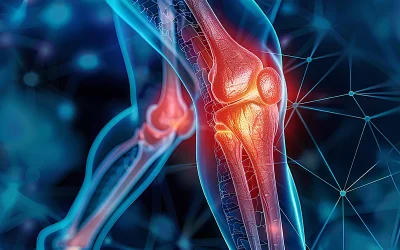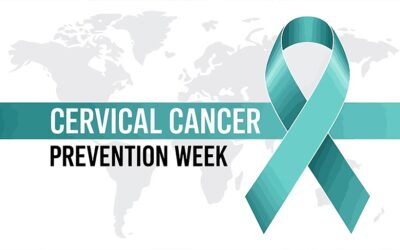Minimally Invasive Procedures: Benefits and Recovery Time

Traditional surgery often conjures images of large incisions, lengthy hospital stays, and significant recovery periods. Fortunately, advancements in medical technology have paved the way for minimally invasive procedures (MIPs). These innovative techniques offer numerous advantages for patients, leading to quicker recovery times and improved overall outcomes.
Table of Contents
ToggleWhat are Minimally Invasive Procedures?
MIPs utilize small incisions, often aided by specialized tools and technologies, to access and address internal organs or tissues. Laparoscopy, arthroscopy, and robotic surgery are common examples of minimally invasive techniques.
Here’s a breakdown of some key characteristics of MIPs:
- Smaller Incisions: Compared to traditional surgery, MIPs require significantly smaller cuts, minimizing tissue disruption and blood loss.
- Visualization Techniques: Specialized cameras and visual aids are often used to provide surgeons with magnified views of the surgical site, enabling precise manipulation of instruments.
- Robotic Assistance: Robotic surgical systems can enhance precision and control during complex procedures.
Benefits of Minimally Invasive Procedures:
MIPs offer a multitude of advantages over traditional surgery, including:
- Reduced Pain: Smaller incisions typically translate to less post-surgical pain, leading to improved comfort and faster pain management.
- Shorter Hospital Stays: Minimally invasive procedures often allow for same-day discharge or a shorter hospital stay compared to traditional surgery.
- Faster Recovery Times: With less tissue trauma and blood loss, recovery from MIPs is generally quicker, enabling patients to return to normal activities sooner.
- Reduced Risk of Infection: Smaller incisions present a lower risk of developing post-surgical infections.
- Minimal Scarring: Smaller incisions generally result in less noticeable scarring.
- Improved Cosmetic Outcomes: Smaller incisions often lead to better cosmetic results, which can be especially important for certain procedures.
Recovery Time After Minimally Invasive Procedures:
While recovery times vary depending on the specific procedure, MIPs typically boast significantly faster healing compared to traditional surgery. Here’s a general comparison:
- Traditional Surgery: Recovery times can range from several days to weeks, or even longer for complex procedures.
- Minimally Invasive Procedures: Recovery often takes a shorter time span, sometimes allowing patients to return home the same day or within a couple of days following the procedure.
Important Note: While minimally invasive procedures offer numerous benefits, they might not be suitable for all conditions. Your doctor will carefully evaluate your individual situation and determine if an MIP is the most appropriate approach for your specific needs.
Conclusion:
Minimally invasive procedures represent a significant advancement in surgical techniques. By offering reduced pain, shorter hospital stays, faster recovery times, and improved cosmetic outcomes, MIPs can significantly enhance the surgical experience for patients. If you are considering surgery, discuss the possibility of a minimally invasive approach with your doctor to determine if it’s the right option for you.
By Specialities
- Bariatric Surgery
- Cancer Care
- Cardiology
- Dental
- Dermatology
- Diabetes & Endocrinology
- Endocrinology and Diabetes
- ENT (Ear Nose Throat)
- Eye Care
- Gastroenterology
- Haematology
- Health Care
- Health Tips
- Hematology
- Hepatology
- Internal Medicine
- Mental Health and Behavioural Sciences
- Metabolic
- Neonatology
- Nephrology
- Neurology
- Nutrition & Dietetics
- Obstetrics & Gynaecology
- Oncology
- Ophthalmology
- Orthopaedics
- Paediatric
- Physiotherapy & Rehabilitation
- Plastic and Reconstructive Surgery
- Psychology
- Pulmonology
- Rheumatology
- Spine
- Urology
Recent Posts
- Everything You Should Know About Septic Arthritis
- Understanding Frozen Shoulder: Causes, Symptoms, and Treatments
- Postpartum Depression: What Families Should Know
- Cervical Cancer Prevention Week 2026: A Global Call to Prioritise Cervical Health
- Struggling with an Enlarged Prostate? Discover How Your Diet Can Help
Need expert medical advice?
Share your details and our healthcare specialists will reach out to assist you.
By proceeding, you acknowledge and agree to our Privacy Policy, Terms of Use, and Disclaimer.


















